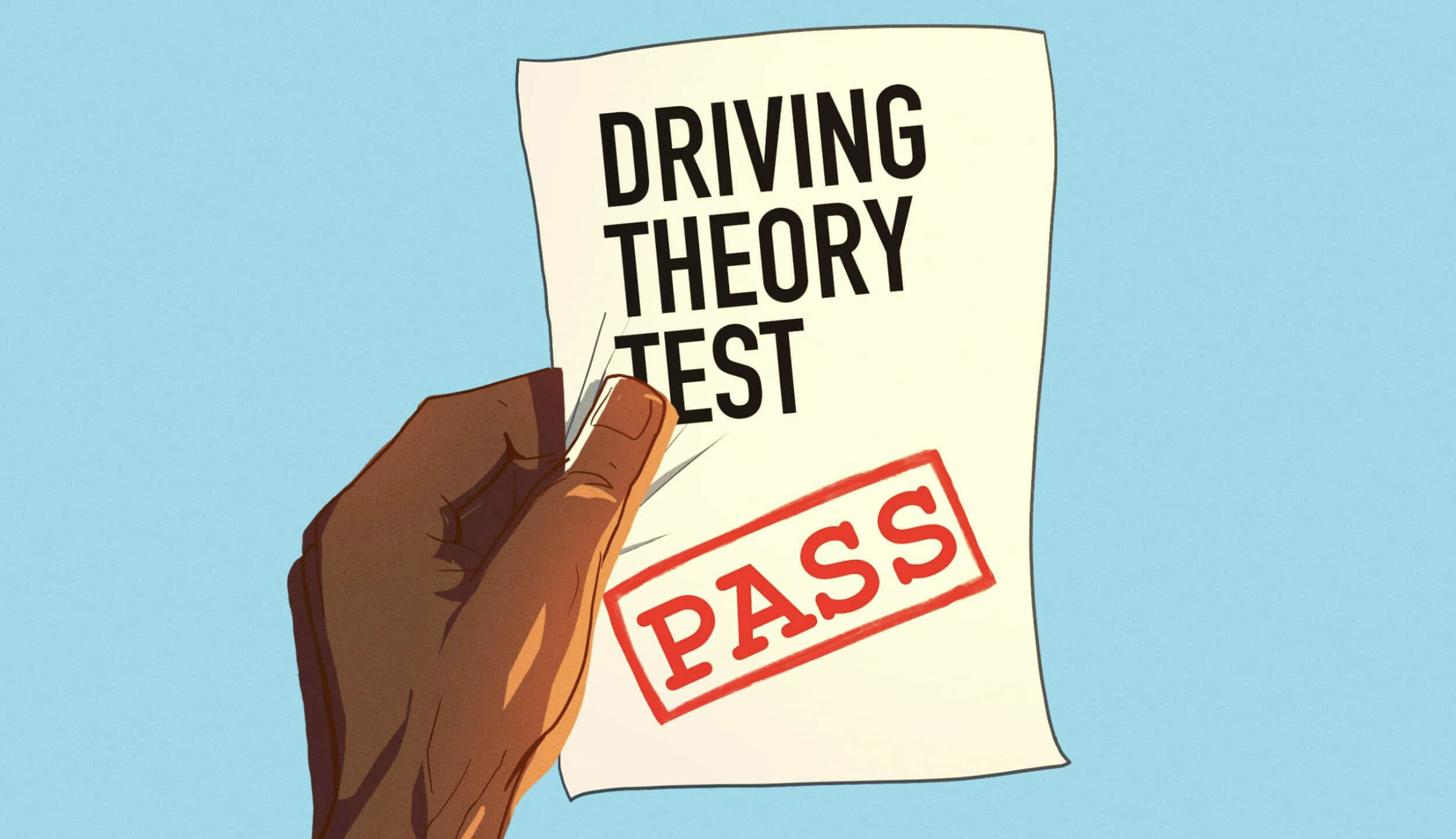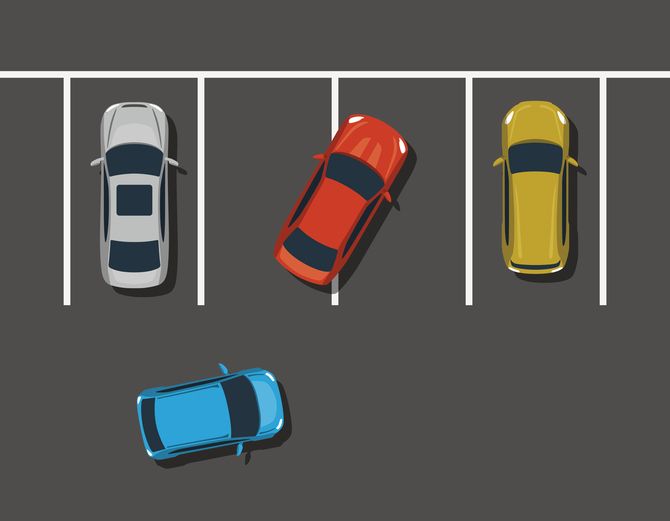Navigating the Recent Changes in the UK Driving Theory Test

The UK driving theory test is a critical milestone on the road to becoming a licensed driver.
Summary
The UK driving theory test is a crucial step towards obtaining your full driving license. It not only tests your knowledge of the road but also assesses your ability to anticipate and react to various hazards. The test has undergone several updates recently, making it more comprehensive and aligned with modern driving conditions. This post will delve into these changes, providing valuable tips and resources to help you prepare effectively.
Overview of the Driving Theory Test
The UK driving theory test consists of two main sections: the multiple-choice questions and the hazard perception test. The multiple-choice section tests your understanding of the Highway Code, road signs, and essential driving practices. It comprises 50 questions, and you need to answer at least 43 correctly to pass. For more information on what the test consists of, you can explore this detailed guide on the components of the driving theory test.
The hazard perception test, on the other hand, evaluates your ability to recognize and respond to potential hazards while driving. It includes 14 video clips showing everyday road scenes, where you must identify developing hazards as quickly as possible. Each clip scores you up to five points, depending on how early you spot the hazard. To understand more about this part of the test, check out this comprehensive resource on the hazard perception test.
Recent Changes in the Driving Theory Test
In recent years, the theory test has seen significant updates to ensure it remains relevant and effective. One of the most notable changes is the introduction of video clips in the multiple-choice section. These clips replace written scenarios and require you to answer questions based on what you see in the video, making the test more interactive and reflective of real-life driving.
Additionally, there has been a stronger emphasis on understanding the practical aspects of driving, such as road signs, speed limits, and the rules of the road. The test now includes more questions on these topics, ensuring that new drivers are well-prepared for the challenges of modern driving. If you’re looking to brush up on road signs, this PDF guide to the Highway Code and road traffic signs is an excellent resource.
Another update is the increased focus on vulnerable road users, such as cyclists and pedestrians. The test now includes more questions related to sharing the road safely with these groups, reflecting the growing awareness of their safety on UK roads.
Tips for Preparing for the Driving Theory Test
Preparation is key to passing the driving theory test, especially with the recent changes. Here are some tips to help you succeed:
-
Study the Highway Code: The Highway Code is the foundation of the driving theory test. Make sure you understand all the rules, especially those related to road signs and speed limits. This resource on speed limit signs can help you familiarize yourself with different speed limits.
-
Practice with Mock Tests: Taking practice tests can help you get used to the format and timing of the theory test. They can also highlight areas where you need more study. Consider using online resources to take multiple practice tests.
-
Understand the Test Format: Familiarize yourself with the test format, including the new video clips in the multiple-choice section. Knowing what to expect will help reduce anxiety on the day of the test.
-
Improve Your Hazard Perception Skills: Practice identifying hazards with online tools or apps that simulate the hazard perception test. This will help you react quickly and score higher on this section.
-
Boost Your Confidence: Confidence plays a crucial role in how well you perform. If you’re feeling nervous, try relaxation techniques or seek advice from those who have recently passed the test. This guide on boosting your confidence before the driving theory test offers practical tips to build your confidence before the test.
Booking Your Driving Theory Test
When you’re ready, you can book your theory test online through the official DVSA website or via a third-party service. Make sure to book early, as test slots can fill up quickly, especially in busy periods. For step-by-step instructions on how to book, visit this page on how to book a driving theory test.
Additionally, knowing the cost and other logistical details can help you plan better. For instance, this article on the cost of the driving theory test provides an overview of the current fees and related expenses.
Conclusion
The UK driving theory test is a critical milestone on the road to becoming a licensed driver. With the recent updates, it’s more important than ever to be well-prepared. By studying the Highway Code, practicing hazard perception, and familiarizing yourself with the test format, you can approach the test with confidence. Don’t forget to make use of the various resources available, such as finding an approved driving instructor or understanding driving test routes near you. Good luck!


